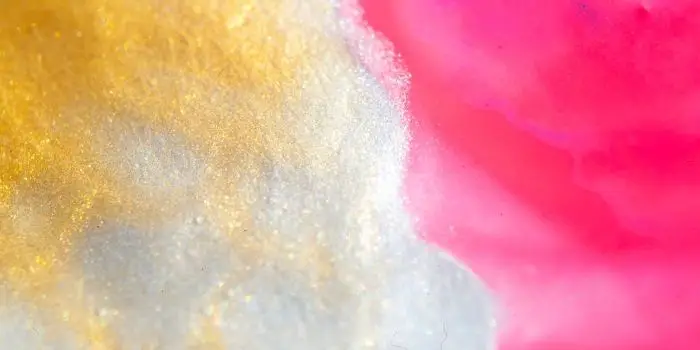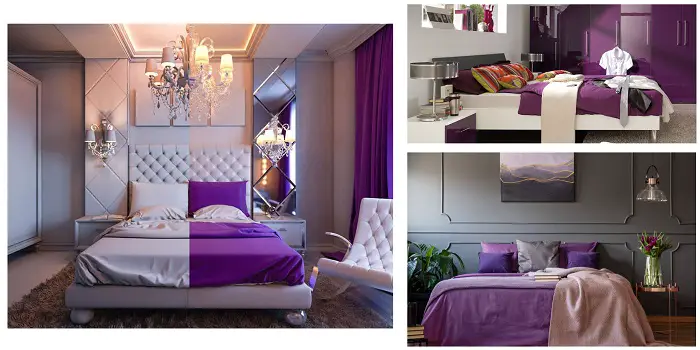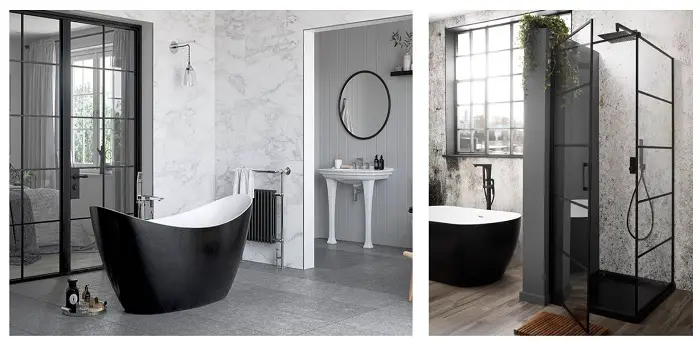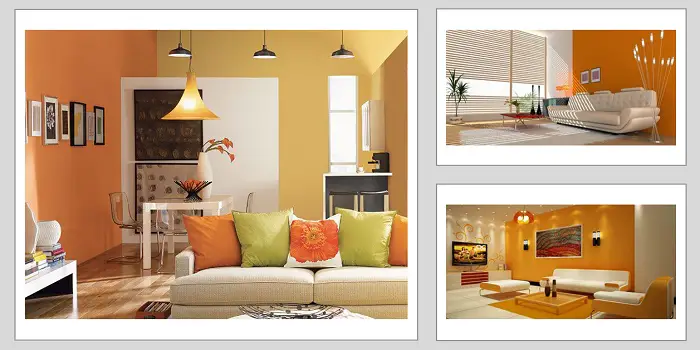
Technically, you can use base paint directly on your walls without needing to tint it.
However, it will generally yield a white or off-white finish and may exhibit suboptimal opacity and color uniformity.
Furthermore, any underlying colors, scratches, or marks might seep through the paint layer above it.
That said, if you still want to use base paint, I suggest you purchase it in person to see the actual color.
You could also ask the store to mix a small amount of color with the base paint so that you can still see the undertone.
Well, that’s not all about bases and tints – in this article, we’ll explore the effects of opting for an untinted approach and provide tips on achieving excellent results for your painting endeavor.
Let’s start with the basic question first which many of you might have in your mind…
What's Here in the Article:
What is a Base Paint?
The base paint is the unsung hero of the paint world. It doesn’t get the same attention as flashy colors or trendy finishes, but it’s an essential part of any successful painting project.
As its name suggests, base paint is the foundation of your color scheme. It’s a paint mixed with no tints or colored pigments and is thus the original color. Typically it’s used to create colored paints.
Base paint is often applied to walls, ceilings, and other surfaces before adding a top coat of paint.
But, it’s worth noting that untinted paint isn’t ideal for concealing marks or ugly spots on your walls, as colors are usually necessary for effective coverage.
The base color without colorants can be light or slightly dark, depending on the shade and look you’re going for.
With so many options to choose from, it’s easy to find a base paint that fits your style. However, it’s important to choose the one that will complement the rest of your decor.
Different Kinds of Paint Bases
When it comes to paint bases, there are four distinct categories ( identified using numerical or descriptive labels), each serving specific color needs.
Numerical labeling, employing Base 1 through Base 4, is a common approach.
- Base 1 contains the highest concentration of white pigment, making it ideal for lighter shades and pastels.
- Base 2 follows suit, catering to slightly deeper tones while still favoring lighter hues.
- Base 3 steps into the realm of mid-tones, striking a balance between white pigment and colorant absorption.
- Finally, Base 4 is tailored for darker shades, boasting the least white pigment and a capacity for richer color saturation.
Alternatively, some manufacturers opt for descriptive labels such as White Base, Pastel Base, Light Base, Medium Base, and Deep Base.
Also, there is a labeling technique that includes a system of letters. In this system, there are three bases: A, B, and C. Base A has the white pigment, and base C has the least.
The choice of base depends on the desired color outcome.
- White Base leads with the most white pigment, followed by Pastel Base and Light Base, suitable for softer tones.
- Medium Base and Deep Base accommodate medium to dark colors, with Deep Base boasting the least white pigment for richer hues.
- Another variant is the Accent Base, designed to enhance vibrant colors. These bases typically contain minimal preexisting white pigment, allowing for maximum colorant absorption and resulting in vivid, dynamic finishes.
Whether opting for numerical or descriptive labeling, understanding the characteristics of each base empowers painters to create visually stunning results tailored to their specific needs.

What Does it Mean to Tint the Base Paint?
Tinting paint involves incorporating colorants into base paint to achieve a desired shade.
Essentially, it’s the process of customizing paint to match a specific color preference. This begins with selecting a base paint, which essentially serves as a blank canvas.
Then, through the addition of small amounts of colorants, you can create a spectrum of hues ranging from delicate pastels to rich, deep tones.
This meticulous process ensures that painted surfaces or projects reflect the exact color and flawless finish you have envisioned while eliminating concerns like color bleeding.
Tinting Process:
Before you tint the paint, determine how much paint you’ll need for your project.
Measure the area you plan to paint (length x width) and consult the paint coverage information on the can to estimate how much paint you’ll require.
Next, choose the type of paint you want (e.g., latex, oil-based) and the color you desire. Most hardware stores have color swatches or color cards to help you choose.
- Take the can of base paint to the paint counter and inform the store associate of the color you want to achieve. You can either provide the color code (if you have it) or describe the color.
- The store associate will use a tinting machine to add the colorant to the base paint. They’ll use a computer system to input the desired color and quantity, and the machine will dispense the correct amount of colorant into the paint.
- The tinting process typically involves a series of pumps or dispensers that release precise amounts of colorant into the base paint. The machine will mix the paint and colorant thoroughly to ensure uniform coloration.
- The store associate will then shake the can again to ensure the tinted paint is well-mixed.
Can I Use Base Paint Without a Tint/Colorant?
Remember, base paint can indeed be used without tint, much like regular paint in various applications, offering a neutral starting point for projects where customized colors are not required.
However, depending on whether it’s an untinted deep base or light base paint, there are considerations to be mindful of as it may present certain challenges.
While they do contain some basic neutral pigments, utilizing base paint without tinting limits the color range achievable.
Typically, these paint bases lack the additional pigments necessary to produce varied tones and hues.
So, it’s important to assess the specific requirements of your project before selecting either an untinted deep base or light base paint.
If you opt for an untinted deep base, keep in mind that it might provide a richer color depth but could be challenging to achieve lighter or pastel shades without extensive tinting.
Conversely, a light base paint offers greater flexibility for achieving a broader spectrum of colors, especially lighter tones, but may require more coats for achieving darker shades.
What Can I Do if I Mistakenly Used Base Paint Without a Tint?
If you’ve accidentally started painting with untreated base paint, there’s a straightforward solution to correct it.
First, allow the base paint to dry completely. Once it’s dried, you can apply a new coat of paint that has been properly tinted over the untreated base paint.
Because both paints will be dry, they won’t blend together; instead, the tinted coat will seamlessly cover the base paint.
In some cases where only a small amount of untreated base paint has been used, you might be able to return it to the home improvement store and request tinting.
They can add the necessary tint, enabling you to continue your painting project without significant disruption.
However, if a substantial amount of untreated base paint has been applied and there isn’t enough left to be tinted, you may need to purchase additional tinted paint.
In such situations, you’ll likely need to redo the entire painting project to ensure uniform color consistency.
Remember that if you have used base paint without tint, the color of the paint will not be as rich and vibrant as it would be if it were tinted.
Furthermore, any underlying color will seep through the layer of paint above it.
So, in all circumstances, it’s good to add a tint to the paint to achieve the desired color, improved coverage, and visually pleasing personalized results.
Share the post "Can Base Paint Be Used Without Tinting?"

Douglas Becker (aka Painter Doug) has over twenty years of experience as a painter in Adkins, Texas. At present, he resides in Florida with his family.
From painting multi-storeyed houses, condos, and apartments to large commercial buildings and small offices, he had served various customers in areas not only in Adkins but also in Southwest Florida, Sarasota, Naples, and many more. To know more about him check here.




